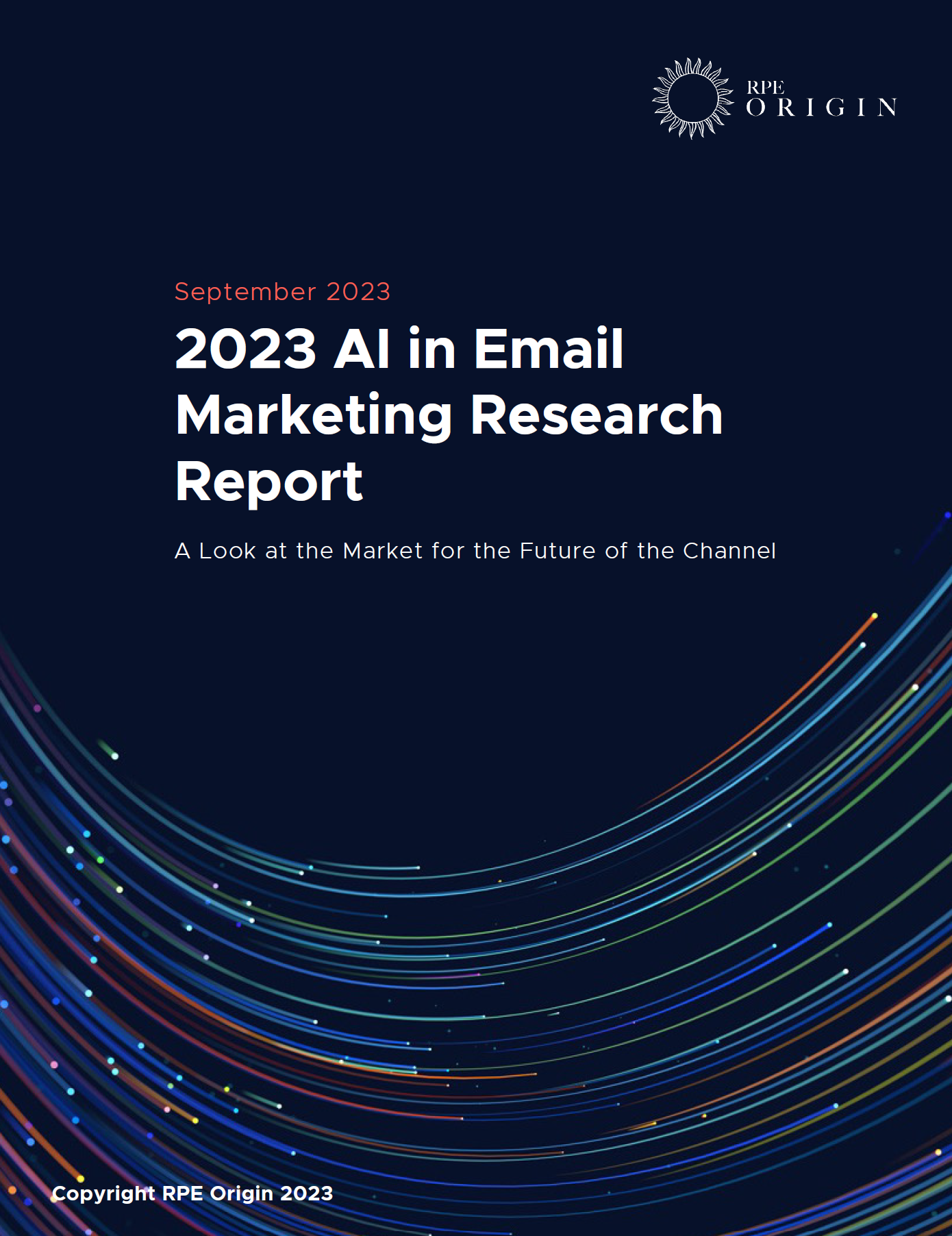
Our need to acquire new tech platforms is rapidly being outpaced by how fast we have to learn about
the technology behind each one and the data required to unlock new orchestration.
The same is true about artificial intelligence (AI) and generative AI (GenAI). These technologies have
become widely available for only a short time, but people are already predicting that they will cost
thousands of marketing jobs.
In partnership with Ascend2, we asked marketers those questions and many more. We hope this report,
which summarizes and analyzes their answers, will help you structure your own thinking and give you a
guidebook that helps you plan your own strategies, goals and objectives.
For today, we invite you to read through the results and our analysis. Discover what your email marketing
peers think about AI and how they’re employing it now in their own programs. Then use it as your own
launchpad to begin or to refine and expand your own use of AI within your email program.

Recent Comments